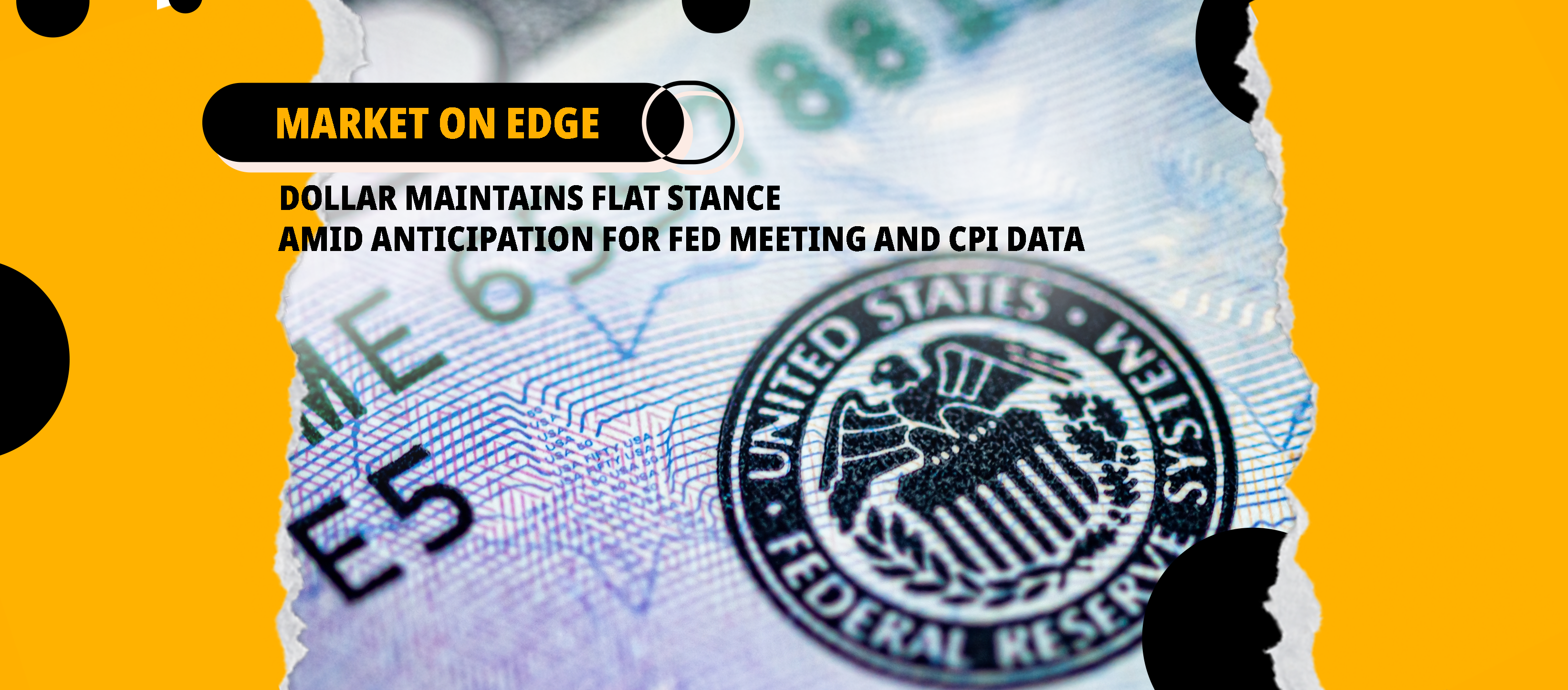 The U.S. dollar remained relatively unchanged early on Monday, staying close to its multi-week lows. Traders exhibited caution in taking new positions as they anticipated the outcome of the upcoming policy-setting meeting of the Federal Reserve later in the week.
The U.S. dollar remained relatively unchanged early on Monday, staying close to its multi-week lows. Traders exhibited caution in taking new positions as they anticipated the outcome of the upcoming policy-setting meeting of the Federal Reserve later in the week.
Last week, the dollar experienced a decrease of approximately 0.5% after a surge in the number of Americans filing new claims for unemployment benefits. This increase in jobless claims suggested that the Federal Reserve might pause its cycle of raising interest rates. Consequently, the dollar witnessed a decline across the board, reflecting the market’s response to the release of economic data.
The market’s attention now turns to the release of U.S. consumer prices on Tuesday, as this could impact market sentiment if inflation remains elevated.
Oil Prices Decline Amid Uncertainty Surrounding Fed Meeting
On Monday, oil prices saw a decline ahead of the Federal Reserve meeting, as investors sought to assess the central bank’s position on further rate hikes. The market was also weighed down by concerns regarding China’s fuel demand growth and the increasing supply of Russian crude.
Brent crude futures dropped by 70 cents, or 0.94%, to reach $74.09 per barrel, while U.S. West Texas Intermediate (WTI) crude stood at $69.53, marking a decrease of 0.91%.
Both benchmarks experienced their second consecutive weekly decline due to disappointing economic data from China. These declines raised concerns about demand growth in the world’s largest crude importer. However, the reduction in production by 1 million barrels per day announced by Saudi Arabia for July provided some support to prices.
Anticipated Central Bank Meetings and Influential Factors for Market Direction
This week will witness meetings of major central banks, including the Federal Reserve, the European Central Bank, and the Bank of Japan.
Key factors that will influence the direction of the market include the U.S. inflation reading scheduled for Tuesday, which will offer insights into the overall economic climate. Experts suggest that the policy outlook of the Federal Reserve for the year ahead will also play a significant role in shaping oil prices.
